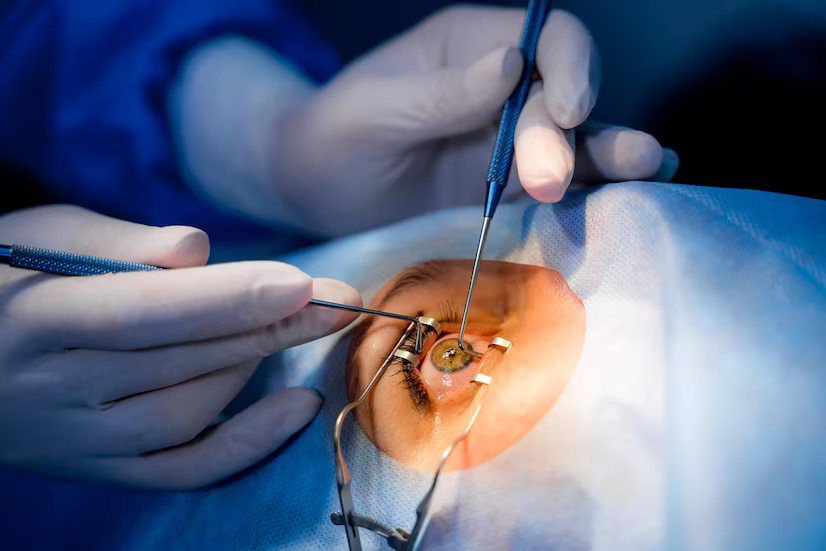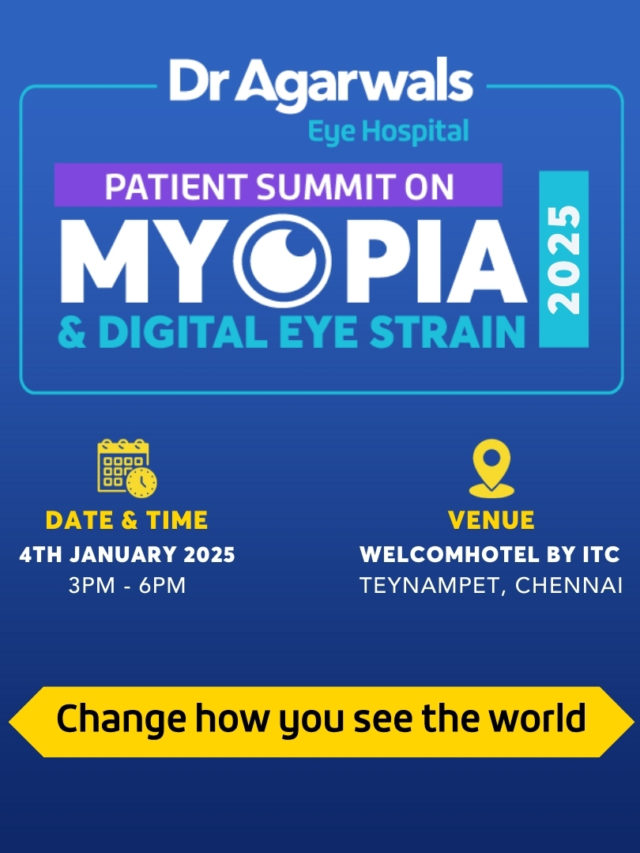A congenital cataract is a condition that affects infants and occurs when the lens of the eye is cloudy or opaque. This can cause a reduction in visual acuity and can impact the normal development of vision. Congenital cataracts can be inherited or caused by certain infections or diseases during pregnancy. Early diagnosis and treatment are essential for the best outcome for the child’s visual development.
This article will focus on everything you need to know about congenital mtoto wa jicho, including their types, symptoms, and treatment options.
What is a Congenital Cataract?
A cataract is an eye condition that causes the clouding of the lens. Congenital cataracts are typically diagnosed at birth. If an infant’s cataract goes unnoticed, it can cause permanent vision loss. In the worst-case scenario, they may lead to complete blindness.
The cause of a congenital cataract can be complex and multifactorial. It can be inherited, meaning it runs in families and is caused by genetic mutations passed down from parents to their children. Congenital cataracts can also occur as a result of certain infections during pregnancy. Let us look into the causes of a congenital cataract in more detail.
Causes of Congenital Cataract
Congenital cataracts can occur in a number of ways:
- Inherited: Some congenital cataracts are inherited, meaning they are caused by genetic mutations passed down from parents to their children. These cataracts are typically present at birth or develop within the first few months of life.
- Infections or Diseases During Pregnancy: Certain infections or diseases during pregnancy, such as rubella, cytomegalovirus, and toxoplasmosis, can cause congenital cataracts.
- Metabolic Disorders: Some metabolic disorders such as galactosemia, can lead to congenital cataracts.
- Chromosomal Abnormalities: Certain chromosomal abnormalities such as Down syndrome, can also be a cause of a congenital cataract.
- Toxins or Medications: Exposure to certain toxins, such as alcohol, or certain medications during pregnancy can also cause congenital cataracts.
In some cases, the cause of a congenital cataract may be unknown. It is important to note that in some cases, more than one factor may be involved in the development of congenital cataracts. A proper diagnosis by an ophthalmologist can help determine the cause.
Symptoms of Congenital Cataract
The symptoms of a congenital cataract can vary depending on the type and severity of the condition, but some common signs include:
- Cloudy or opaque appearance in the pupil of the eye: This can cause a reduction in visual acuity and can impact the normal development of vision.
- Strabismus (crossed eyes) or poor alignment of the eyes: This can occur as the brain tries to compensate for the reduced vision in one eye.
- Nystagmus (involuntary eye movements): This can occur as a result of the brain trying to adapt to the reduced vision caused by the cataract.
- Light sensitivity: Some infants with congenital cataracts may be more sensitive to bright lights.
- White or grey colour on the pupil: This can be a sign of a cataract in the eye.
Keep in mind that some infants with congenital cataracts may not have any obvious symptoms, and the condition may only be detected during a routine eye examination. Early diagnosis and treatment are crucial for the best outcome for the child’s visual development.
Treatment Options for Congenital Cataract
Treatment options for a congenital cataract depend on the type and severity of the condition, as well as the age of the child and the potential for vision development. Some common treatment options include:
- Surgery: This is the most common treatment for a congenital cataract. The cloudy lens is removed and replaced with an artificial lens. Surgery is usually performed as soon as possible after diagnosis to prevent damage to the developing visual system.
- Intraocular lens implant: This is a surgical procedure where an artificial lens is placed inside the eye, after the removal of the cloudy lens. This can improve vision and prevent amblyopia or “lazy eye”.
- Medical therapy: In some cases, medication may be used to treat underlying conditions that caused the congenital cataract.
- Close monitoring: In some cases, close monitoring may be the best option if the cataract is not impacting vision development or causing problems with the alignment of the eyes.
It is important to note that congenital cataract treatment must be individualized, and it depends on the specific case and the child’s overall health and visual development. A podiatric ophthalmologist and a geneticist will work together to determine the best course of treatment for each child.
Keep Your Eyes Healthy by Getting the Right Treatment for Congenital Cataract
Eye conditions can be minor or severe, but they all require attention and care. We at Dr. Agarwal are best known for our innovative treatments and excellent customer service. We have eye centres all over India and even outside of India.
Explore our website today to learn more about the treatments we provide for eye disorders.









